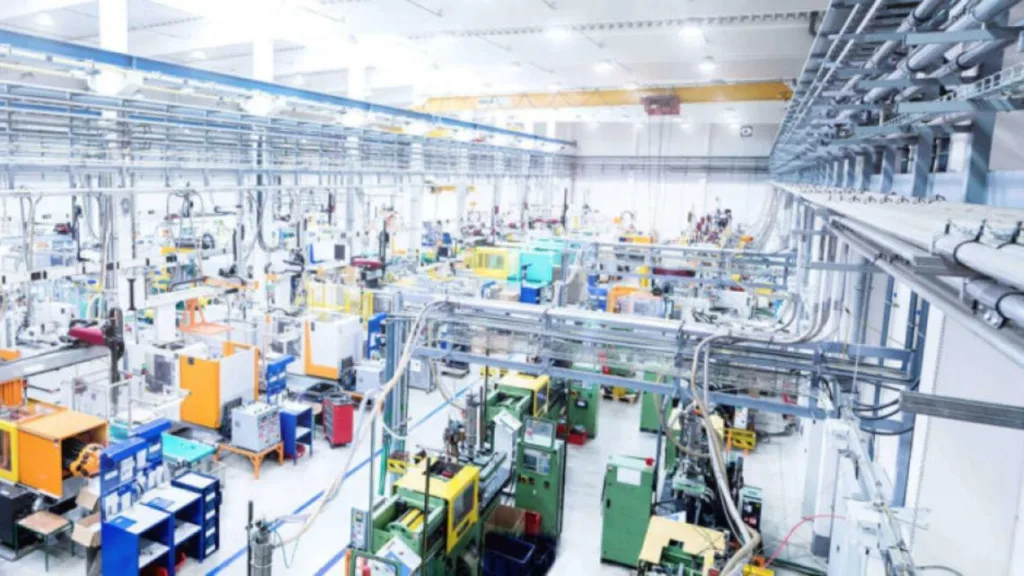The global goal to halve emissions by 2030 is fast approaching. To help achieve this, many of us have set ambitious interim targets for 2030 and committed to reaching Net Zero by 2050. With just five years left to meet these interim targets — and with the growing recognition that delivering reductions aligned with Net Zero is challenging in practice— achieving deep emission cuts is top of mind. By sharing our experiences, we can learn from one another and accelerate the collective transition.
Our Net Zero report details our own journey and its expected evolution. Having worked with our clients on this topic for over 20 years, we know that deep cuts in greenhouse gas emissions are possible, as evidenced by our clients’ and our own progress. As we take the next steps, we have found ways to limit our emissions, across our operations and wider value chain. From travel carbon budgets to enforceable decarbonisation clauses in supplier contracts, we have experienced first-hand the importance of setting clear expectations and challenging the status quo. Read about the lessons we have learned and find inspiration to accelerate progress in your own organisation.
Putting a carbon price on business travel
To address business travel emissions, we have updated our travel policy which sets new restrictions and expectations. We have also implemented an annual carbon budget for each team, which limits the amount of long-haul air travel we can do.
Resetting expectations – Restricting business travel can create a challenge, especially when working with new clients or entering new markets where face-to-face meetings are expected. However, the pandemic showed that delivery without travel is possible. We took this as an opportunity to reset expectations. This cap limits our travel annually and pushes us to separate our work from emissions. Our first question now is ‘Do we really need to travel?’ If yes, we assess if we can do it for an extended period to have multiple meetings locally and get a better ‘carbon value.’
Limited flying – As sustainability leaders, we must be frank that we cannot sit and wait for the full rollout of sustainable fuels. The best way to avoid travel emissions remains minimising air travel. Through a dedicated travel policy, businesses can set clear restrictions on travel and prioritise lower carbon alternatives. In our case, flying is avoided if there is a rail alternative. We don’t allow domestic flights within the UK, except flights to Northern Ireland. And we only fly economy.
Internal ownership – There must be accountability at all levels when it comes to these internal changes. We have allocated a fixed budget to each team to promote ownership. Additionally, we have set up a dashboard that provides real-time visibility into remaining budgets and tracks progress.
Emissions follow the traveller – We include client-funded travel in our inventory to take full accountability. Consequently, all business travel undertaken by our employees comes from our carbon travel budget, whether we have paid for the trip or not.
Including climate commitments in contracts
The emissions associated with the products and services we procure are our biggest emissions source; something many businesses will resonate with. Net Zero, therefore, cannot be achieved without the sustained decarbonisation of our supply chain. To address this, we require all our suppliers and partners to commit to setting and implementing SBTs to do business with us. This is now embedded in our contracts. However, putting clauses in alone isn’t enough. Our focus now is on empowering our suppliers, partners, subcontractors grant recipients, and anyone who forms part of the wider supplier ecosystem.
Getting supplier data – Getting primary data from suppliers is a pain point for many companies. We have developed a dedicated ‘climate commitment’ survey, which asks suppliers about their carbon footprints and if they have any climate targets in place. The insights from the survey allow us to track emissions from these suppliers based on how much we spend with them and target the highestemitters first.
Short-term expectations – When your business has short-term contracts with suppliers, the pool of suppliers will change over the next decades. To spur immediate action, we have requested that suppliers set at least a target to reduce emissions in the near term. While Net Zero commitments and long-term planning are certainly encouraged, this near-term target motivatessuppliers to put climate action on their immediate agenda and will hopefully lead to quicker change. It also means we can see progress among suppliers more quickly and reevaluate our procurement strategy where needed.
Provide a helping hand – The ask to suppliers needs to be viable. As customers, it’s essential to clearly communicate expectations and specify the data required from suppliers. This process is collaborative, and it’s crucial to understand suppliers’ constraints to find workable solutions. We’ve addressed this by running workshops that guide suppliers through carbon footprinting, data collection, emission factors, and the technical aspects of setting science-based targets. These sessions build capacity and strengthen the partnership needed for real climate action.
Prepare for future changes – We must allow for a buffer as large purchases
could impact footprinting results. While our science-based target is to cover 56% of supplier emissions, we aim for 60% to accommodate uncertainties in future procurements.
By encouraging our suppliers to set targets for their own operations and value chains, we promote reductions beyond our direct control. So far, we have had positive responses, with several large organisations setting science-based targets on the back of our request and subsequent discussions.
Each organisation’s path to Net Zero presents its own challenges and opportunities. As business leaders, we must be open and transparent and share our learnings along the way. While we don’t have all the answers, the difficult decisions we make now set the tone for the years ahead. We’ll learn and adapt our strategies as we go. It is critical that businesses support each other in the collective transition by sharing successes, challenges and practical insights. We encourage fellow WBCSD members to make their stories part of the conversation. If you’d like to explore how we can support you, please get in touch.
Outline
Related
Content

CLP Strengthens Decarbonisation Target to Power Orderly Energy Transition
26 March, 2024

Apple expands innovative Restore Fund for carbon removal
23 April, 2023

ENGIE Impact: New guidebook on Decarbonization Fundamentals in Manufacturing
16 February, 2023
